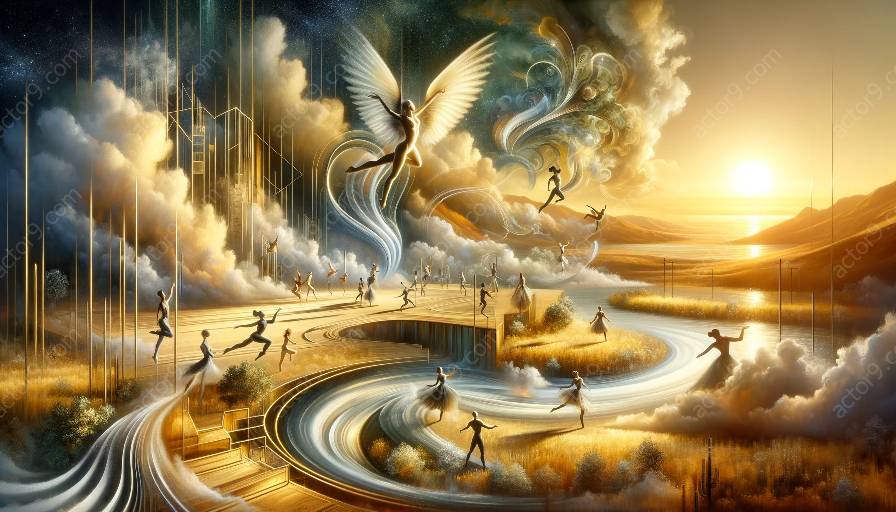When it comes to the world of circus acts and physical theatre, performers rely not only on their physical abilities but also on their psychological and emotional well-being. This article delves into the intersection of physical theatre and circus arts, exploring how the psychological and emotional aspects impact physical performance.
The Connection between Psychological and Physical Performance
Physical performance in circus acts is not solely about strength, flexibility, and coordination. It also involves a deep connection between the performer's mind and body. The psychological aspect of performing involves mental preparation, focus, and concentration.
Circus artists and physical theater performers often face high-stress situations, such as performing daring acrobatic stunts or engaging in complex choreography. The ability to manage fear, anxiety, and pressure is crucial to executing their acts flawlessly. This requires a strong mental and emotional fortitude that influences physical performance.
Emotional Regulation and Performance Quality
Emotions play a significant role in physical performance. Performers must learn to regulate their emotions to maintain control over their bodies and movements, allowing them to adapt to various performance conditions. Emotional regulation is vital for maintaining consistency in execution and preventing injuries.
Additionally, the emotional energy projected by performers can profoundly impact audience engagement. A genuine emotional connection with the audience can elevate the overall impact of the performance, creating a more profound and lasting impression.
Mental Training and Resilience
Physical performers often engage in mental training techniques to enhance their psychological resilience. This may include visualization, mindfulness, and cognitive-behavioral strategies to address performance anxiety and improve focus. Mental training helps performers cultivate the mental strength and resilience needed to face the demands of their craft.
Intersection of Physical Theatre and Circus Arts
The intersection of physical theatre and circus arts provides a unique platform for performers to explore the boundaries of physical and emotional expression. Physical theatre often incorporates elements of acrobatics, aerial arts, and body movement, requiring performers to embody characters and narratives through their physicality.
By integrating psychological and emotional dimensions into their performances, artists in this intersection create powerful storytelling experiences that resonate on a profound level. They blend the athleticism of circus arts with the emotive storytelling of physical theatre, producing captivating and evocative performances that push the boundaries of both art forms.
Conclusion
The psychological and emotional aspects of physical performance in circus acts are integral to the art form, shaping the quality and impact of performances. By understanding and addressing the psychological and emotional components of physical performance, performers in the intersection of physical theatre and circus arts can elevate their craft and create deeply resonant experiences for both themselves and their audiences.




































